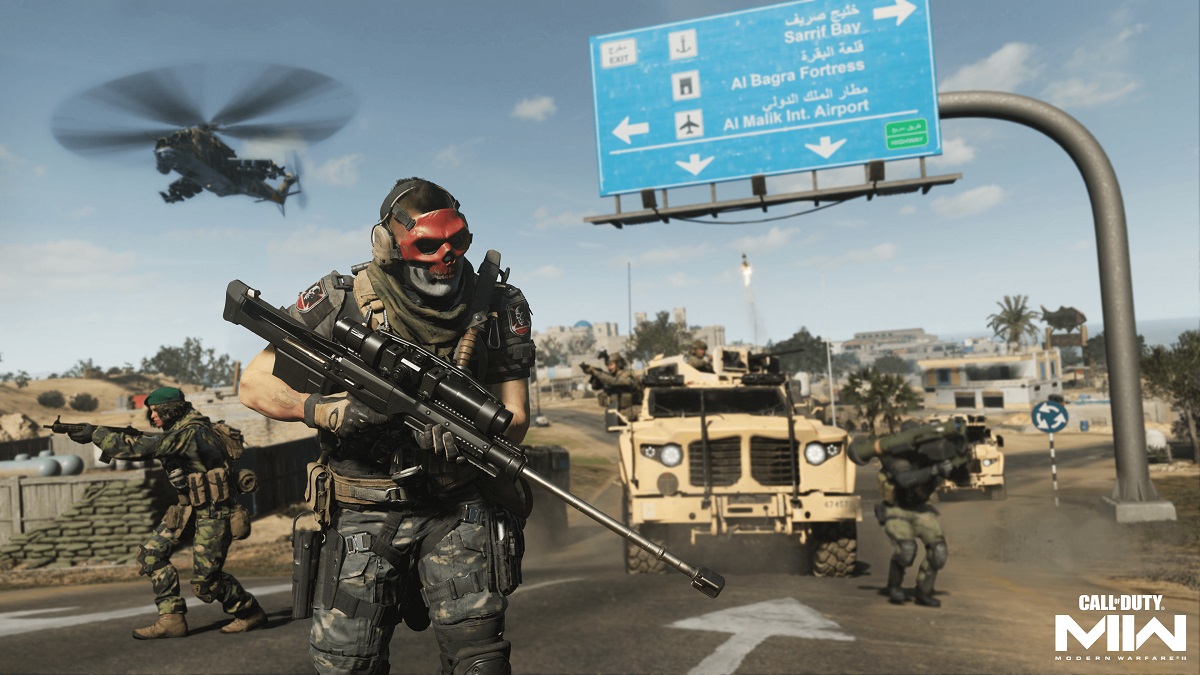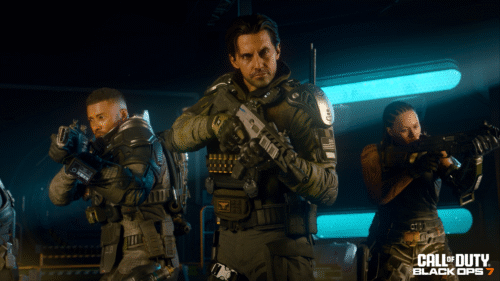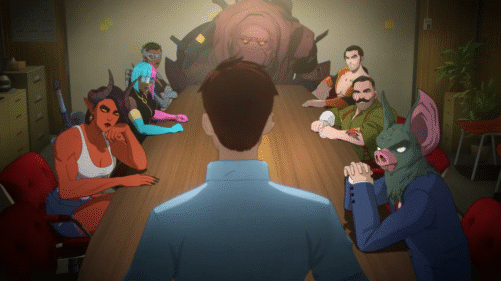The modern blockbuster has been diluted on the big screen, overtaken by the MCU juggernaut that has delivered a pretty weak slate of post-pandemic films. One of the reasons that “Top Gun: Maverick” became one of the biggest films of all time was that it delivered the kind of escapist blockbuster entertainment that feels increasingly hollow in an era of weaponized nostalgia like the junky “Jurassic World: Dominion.” “Top Gun: Maverick” was a blockbuster you didn’t have to feel bad about.
The equivalent in the gaming world has long been the “Call of Duty” franchise, an annual event that makes a $1 billion around the world and destroys productivity and family dynamics everywhere. The latest is the explosive, ridiculous “Call of Duty: Modern Warfare II,” a title that already existed in 2009 but is a sequel to the 2019 reboot of the “Modern Warfare” line. These games have gotten more and more ludicrous like a Michael Bay franchise that thinks it needs to quadruple the explosions with each subsequent entry. The campaign this time looks great, but it lacks in the storytelling department and features a few missions with downright silly mechanics. More importantly, the multiplayer rocks, improving on last year’s lackluster “Call of Duty: Vanguard” with better map design, some phenomenally refined modes, and addictive customization. Most people are into “CoD” for the multiplayer, which remains the standard for shooter games. They won’t be disappointed.
The campaign of “Modern Warfare II,” which runs about seven hours, give or take, picks up with the characters from the 2019 version, a part of something called Task Force 141. Once again, the narrative of a “Call of Duty” takes place across multiple nations, featuring various forms of bad guys waiting to get shot in the head. Where to start with this story? Let’s see, there are missing missiles, which the powers that be think have been stolen by a villain named Hassan Zyani (Ibrahim Renno), who works with a terrorist organization known as Al-Qatala. As your team, including fan favorites Ghost (Samuel Roukin) and Captain John Price (Barry Sloane), tries to track down the missiles, they discover that a Mexican drug cartel is also involved, led by a mysterious villain named El Sin Nombre (the excellent Maria Elisa Carmago). Of course, some shady Americans and a few double crosses will come into play. This is a world with many threats and only you can take them down, soldier.

Of course, the shallow narrative here is just the skeleton on which to hang explosive action sequences, some of which shred realism in a manner that would make any blockbuster filmmaker think twice. The greater point is that games like “Call of Duty” can get away with things even the most extreme blockbusters can’t, and it’s not just because of budget. A sequence like the convoy mission in this game—in which you have to jump from car to car to continue chasing a fleeing cartel, just leaving absolute carnage in your wake—would destroy all suspension of disbelief required to enjoy an action movie. But these games have been pushing for “bigger, faster, more” with each installment. They thrive on chaos.
In fact, the game falters most when it pulls back from that chaotic energy. A few stealth-based missions are clunky in terms of design. People don’t play “Call of Duty” to sneak around looking for the elements needed to create a tool to pry open a locked door (and bringing this mechanic back into the climax of the game is a real mistake). And a mission where you’re sneaking through a cartel house feels half-baked, as if the developers were just buying time before they could blow something up again. I also noticed more glitches than usual including enemies who just kind of stood there and waited for me to shoot them. Still, when the game gets explosive, it’s hard not to get carried away by its impressive momentum.

The truth is that most people who buy “Modern Warfare II” will never even dip into the campaign (although making a few operators and weapons unlockable only through playing it could change that formula a bit). They’re buying this game for the most popular multiplayer experience around, and they will not be disappointed. The multiplayer portion of “Modern Warfare II” is phenomenal, built around a wider variety of modes than usual. For the first time, there are games that can be played third-person instead of first, and, my favorite, modes like Ground War and Invasion that take place over massive maps that recall when the “Battlefield” franchise worked.
Most importantly, the map design and loadout customization are both tiers above “Vanguard.” Not only are the maps more detailed in visual terms than the last game but they have a better use of space, offering something for everyone with close quarters combat on one map and open spaces of a bombed-out city on another. The game comes with all of the traditional modes plus new games to play like Prisoner Rescue and Knockout. It feels like a multiplayer experience that’s likely to keep growing over the next year as new maps, operators, and weapons get dropped into the battlefield with updates. In the end, maybe that’s the biggest difference between something like “Call of Duty” and a Hollywood blockbuster. Movies mostly exist in the place and time in which you see them while “Modern Warfare II” keeps changing, enticing fans to keep coming back to it day after day. It’s the neverending blockbuster. If only Hollywood could figure out how to pull that trick off too.
A review copy was provided by Activision.












